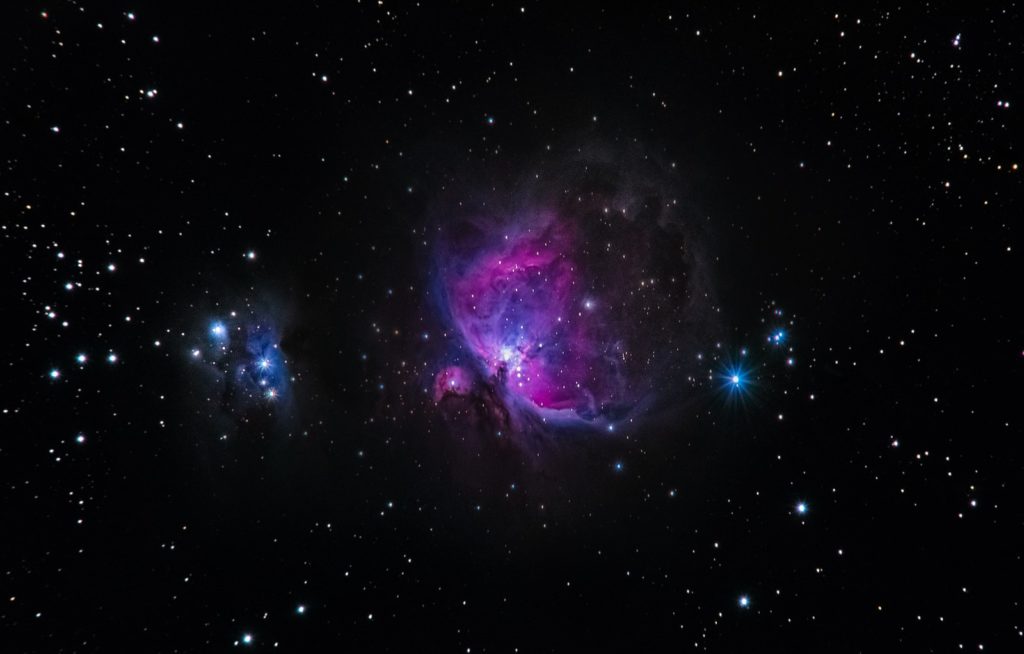We’re marking a major milestone in the life of the Hubble space telescope and that is 32 years of remarkable service as one of humanity’s greatest scientific achievements and contributions to our understanding of space.

To celebrate, NASA stitched together an album of pictures from five galaxies from what is called The Hickson Compact Group 40. The galaxies include one “lens-shaped” galaxy called a lenticular galaxy, three spiral variations, and an elliptical galaxy. What makes these notable is that, rather than being found near a galactic center as one would expect, these formations are on their own in a portion of space near the constellation Hydra.
The theory is that such galaxies are drawn together because of the large amount of dark matter associated with them and, as they get nearer one another, they coalesce into a larger cloud of energy whose amplified force pulls them towards its center thus bringing them even closer together.
“One possible explanation is that there's a lot of dark matter (an unknown and invisible form of matter) associated with these galaxies. If they come close together, then the dark matter can form a big cloud within which the galaxies are orbiting. As the galaxies plow through the dark matter they feel a resistive force due to its gravitational effects. This slows their motion and makes the galaxies lose energy, so they fall together.”
Of course, as with so many stories of this nature, what makes this even more interesting is that it can provide us with a wealth of insights into the early universe.
“Observations suggest that such tight groups may have been more abundant in the early universe and provided fuel for powering black holes, known as quasars, whose light from superheated infalling material blazed across space. Studying the details of galaxies in nearby groups like this help astronomers sort out when and where galaxies assembled themselves, and what they are assembled from.”
You can watch a video on YouTube explaining it more in detail at this link.
And you can check out the galaxies NASA posted here.
Share some of your favorite Hubble shots in the comments below if you like.
We’ve got some more photography news for you to check out at this link right here.
[NASA]




